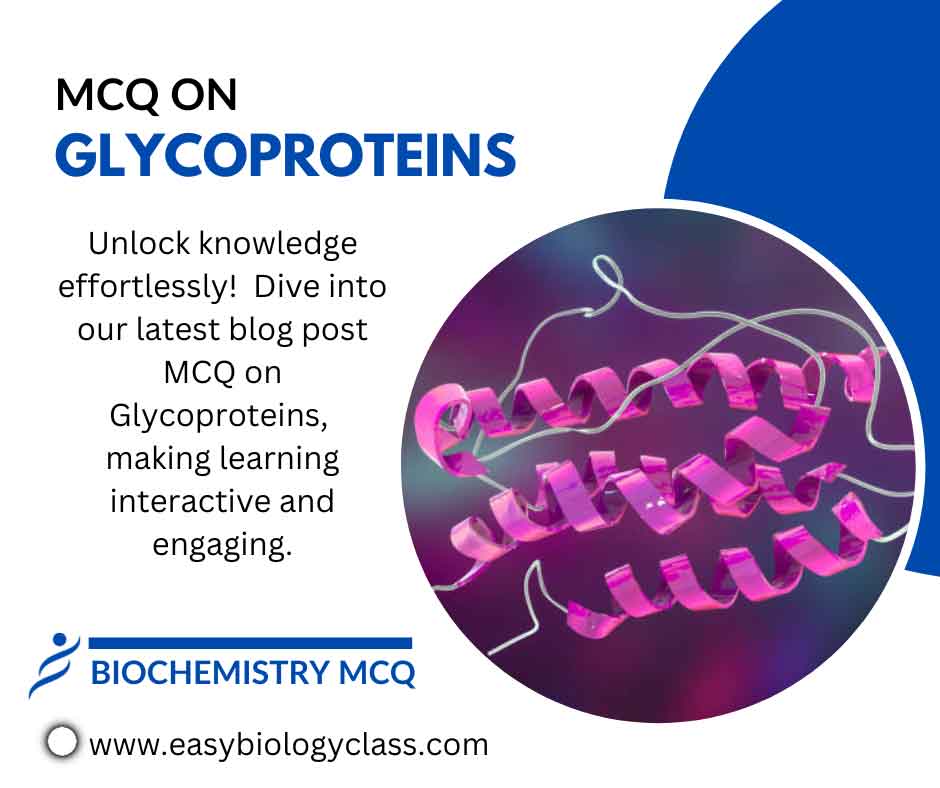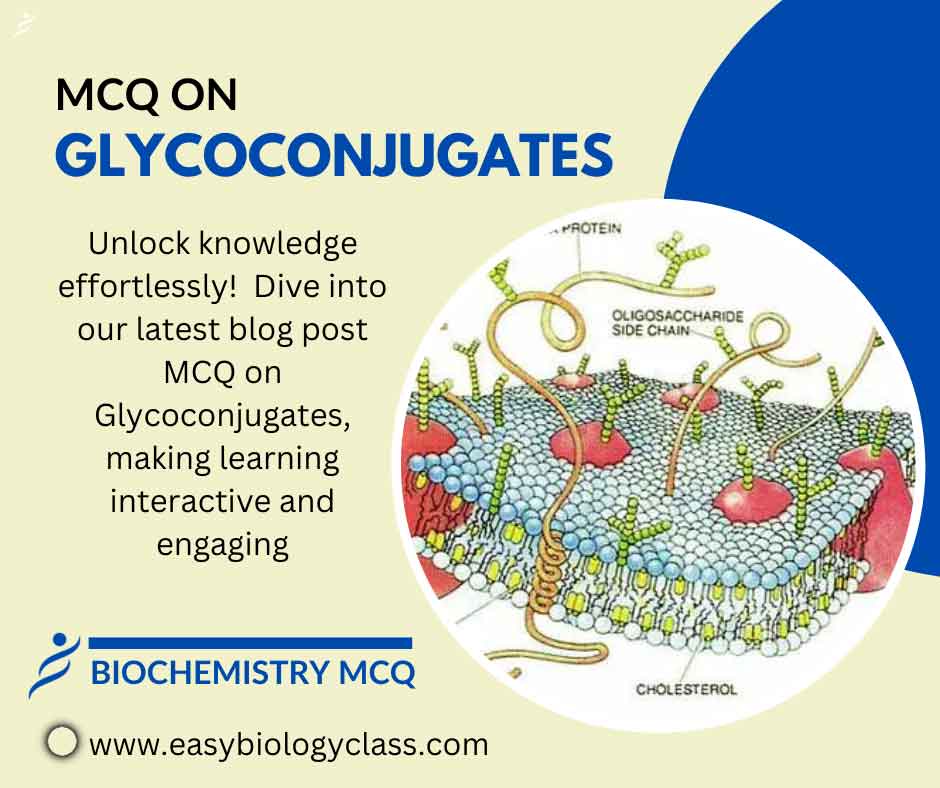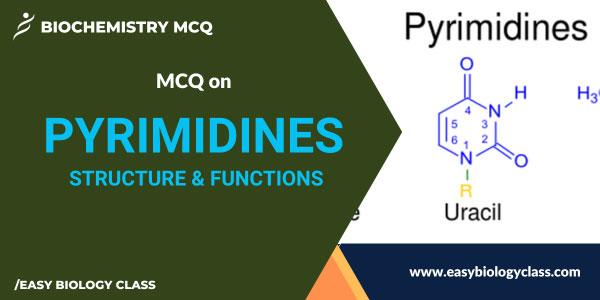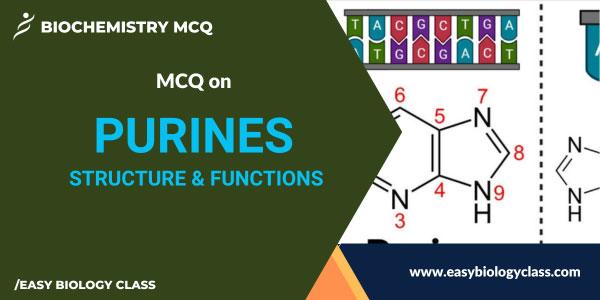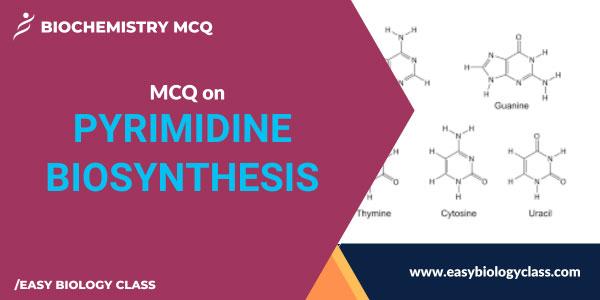Glycoproteins are proteins with attached carbohydrates (sugars). They play crucial roles in cell signaling, immunity, and structure. These molecules are involved in various biological functions, acting as receptors, enzymes, or structural components in cells and tissues. This is an MCQ on Glycoprotein Structure, Examples and Functions. Biochemistry Notes | Biochemistry […]
Continue ReadingTag Archives: Biochemistry
MCQ on Glycoconjugates
Glycoconjugates are molecules composed of carbohydrates (sugars) linked to proteins, lipids, or other biomolecules. They play vital roles in cell communication, immunity, and structural support, serving as markers for cellular recognition and interaction in biological systems. This is an MCQ on Glycoconjugates with Examples and Functions. Biochemistry Notes | Biochemistry […]
Continue ReadingMCQ on Pyrimidine: Structure, Biosynthesis and Functions
Pyrimidines are nitrogenous organic compounds with a single-ring structure. They are fundamental building blocks in DNA and RNA, with cytosine, thymine (found in DNA), and uracil (found in RNA) as common examples. Pyrimidines participate in genetic coding and other cellular processes. This is an MCQ on Pyrimidine Structure and Functions. […]
Continue ReadingMCQ on Purines: Structure, Biosynthesis and Functions
Purines are nitrogenous organic compounds that consist of a double-ring structure. They are essential components of DNA and RNA and play crucial roles in cellular processes. Common purines include adenine and guanine, which are involved in genetic information storage and various metabolic functions. This is an MCQ on Purines: Structure […]
Continue ReadingMCQ on Pyrimidine Synthesis
Pyrimidine synthesis is a biochemical pathway to produce pyrimidine nucleotides, which are key components of DNA, RNA, and molecules like ATP and UTP. It involves a series of enzymatic reactions that convert precursor molecules into pyrimidines, such as cytosine, thymine, and uracil, essential for genetic and metabolic processes. This is […]
Continue Reading
